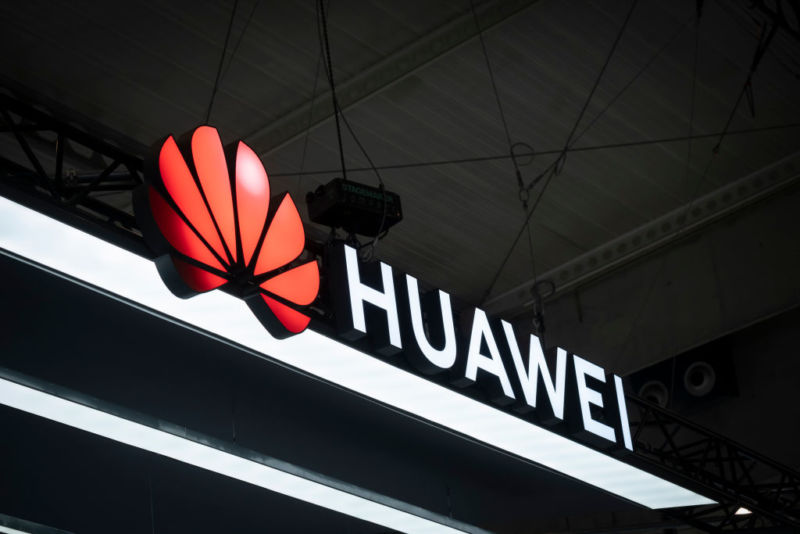
Market research firms Canalys and Counterpoint Research have posted their 2019 global smartphone market share reports. Both reports say the biggest mover is Huawei, which, thanks to a whopping 16-17 percent annual growth, claimed the No. 2 smartphone vendor spot in 2019, behind Samsung and ahead of Apple. Both firms have similar global market share numbers for 2019, with Samsung at around 20 percent, Huawei at 16 percent, Apple at 13 percent, and Xiaomi and Oppo at around eight percent each.
Counterpoint credits Huawei’s success in its home country of China for its success, saying, “This was the result of an aggressive push from Huawei in the Chinese market, where it achieved almost 40 percent market share.” According to the firm, China makes up 60 percent of Huawei’s shipments.
Is this “Peak Huawei?”
While holding onto the No. 2 spot is a big accomplishment for Huawei, the company’s future in the smartphone market currently looks pretty murky. The Trump Administration’s Huawei export ban means US companies can no longer do business with Huawei. Huawei should be OK when it comes to hardware, as the company has aggressively cut US components out of its hardware supply line. For software, however, it has a serious problem. No US products means the Google ecosystem is off-limits to Huawei, so Huawei phones don’t have access to Gmail, YouTube, Google Maps, the Google Assistant, and the millions of apps on the Play Store. This seriously limits the appeal of Huawei phones outside of China.
The export ban happened around the middle of the year, but at the time it only affected new Huawei products. The company’s flagship smartphone for the first half of 2019, the Huawei P30 Pro, squeaked out the door in March just a few months before the ban. So it sells, even today, with Google apps. Huawei’s first product without Google apps is the Mate 30 Pro, which only launched mid-September, just a few days before the start of Q4 2019. If the lack of Google apps is going to crater Huawei sales, there hasn’t been a lot of time yet to really see an effect—consumers can still buy a P30 Pro with Google apps, after all.
For what it’s worth, Canalys has Q4 2019 as Huawei’s first quarterly decline—down seven percent from Q3—in two years, which it blames on the export ban. Together with the annual Apple Q4 surge thanks to the launch of a new iPhone, Huawei fell to third place again within that time period.
But again, this ban doesn’t affect Huawei’s marketability in its biggest market, China, where Google doesn’t do much business. Huawei has had its own software ecosystem in China for years, with the “Huawei AppGallery” store, cloud storage, a browser, and a theme store. With Google declared off-limits, really only the 40 percent of Huawei’s shipments that are outside of China are seriously threatened.
Huawei has been working on making its ecosystem viable outside of China, though. It has promised to invest $1.5 billion in its developer program over the next five years, in the hope of drawing (non-US) app developers to its app store. The company also licensed map data from the Dutch corporation TomTom presumably to build a Google Maps competitor. Apple Maps also started with TomTom map data, and to put it lightly, users found TomTom’s data to be lacking compared to Google Maps. For Apple, competing with Google Maps has meant doing the same thing Google does for map data: sending a fleet of LIDAR-equipped vehicles around the country (and soon, the world) sucking up data. TomTom’s data on its own is not nearly enough, so this is just a start for a mapping solution.
If the US and China don’t reconcile, or if they do reconcile and Huawei decides to go cold turkey from the Google apps anyway, it’s hard to imagine Huawei being successful outside of China. Huawei recently gave conflicting statements about whether or not it would use the Google apps in a scenario where the export ban was lifted, so the company seems to at least be thinking about the idea.
The US’s Huawei export ban has been extended three times now in 90-day intervals, and the next deadline is February 17, 2020.
